LE LANGHETTE
As soon as she returned to Italy, Sara found a job in a dairy in Saliceto where she learned milk processing techniques. She quickly realised that that way of making cheese was not a method she would embrace, because it involved pasteurisation – a process which, by subjecting milk to very high temperatures, flattens out all the differences and the cheese characteristics that depend on the pasture, the season, the type of animal feed, and the type of milking. “It was that experience in particular that opened my eyes and made me realise that I had a head for business” says Sara, looking back on that time. To take the first step on the path to owning and working in the Lignera Soprana cave and the pastures around the farmhouse, however, Sara had to meet Elisa; it was a mutual friend who introduced the two girls in the autumn of 2015. “I have a degree in Economics and I was working in an accountant’s office. I had moved to Saliceto with my family and at that time I made cheese at home out of passion. I started by processing cow’s milk, but when I discovered sheep’s milk, I knew it was my thing” says Elisa, born in 1976.
In May 2016, just six months after their first meeting, Sara and Elisa bought their first animals together. That summer, Sara took part in the ReStartAlp “on-campus” course organised by Fondazione Edoardo Garrone and Fondazione Cariplo, and won the first prize. “At the time, our flock consisted of only six Langhe sheep” recalls Sara. Today (in 2019, Author’s note), protected by a shelter next to the farmhouse, there are 26 sheep and 8 goats.
They wander, jump, and move around inside a fenced and sheltered area and they are milked twice a day. In July, 30 litres of ewe’s milk and 25 litres of goat’s milk are collected every day at Le Langhette figures that reach 40 litres and 30-35 litres, respectively, in May, at peak lactation. “Elisa and I share a business idea based on rearing a small number of animals and ensuring they have a balanced diet, mainly based on pasture and hay. We firmly believe that animals should live well.”
Pasture
According to Andrea Cavallero, former professor at the Department of Agricultural, Forestry and Food Sciences at the University of Turin, “grazing is vital for the health of the animals, which are herbivores and – he explains – despite intensive farming, their genetics has not changed. Being able to feed on many different botanical species, the animals enjoy greater wellbeing, and this is reflected by the longevity of the specimens reared on pasture compared to those that only eat chopped hay and feed”. Increased wellbeing also means better milk quality.
